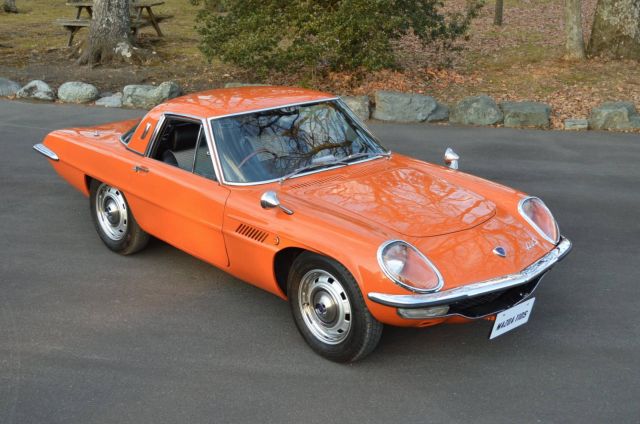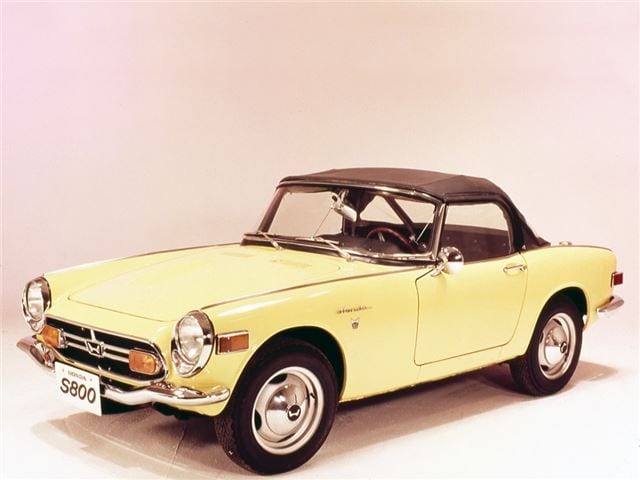Although the Japanese car industry is one of the biggest in the world with many successful models and brands, it wasn’t always like that. Half a century ago, Japanese car companies were obscure in the car industry. In fact, they were almost completely unknown to American and European buyers. One problem was that Japanese cars were available in limited quantities in the late ’50s and early ’60s on the American market.
Japanese brands wanted to export to America, which was the biggest, most profitable market. But their cars were diminutive and slow. Also, they had almost no brand recognition among domestic buyers. However, the Japanese determination to succeed led to the production of more advanced, engineered and marketed models. So, they finally introduced the world to a new car superpower in the late ’60s and early ’70s.
This list of cult classic Japanese cars shaped the whole industry in just a few short years. These cars turned those obscure far Eastern brands to mainstream European and American market contenders. They also showed the world there was a new force in the car industry. They sold most of these models in the U.S., but some were JDM-only. However, all of them are equally important for building the Japanese car empire.

ADVERTISEMENT - CONTINUE READING BELOW
-
-
Toyota Corolla
-
The Corolla has been one of the bestselling cars in America for decades now. Toyota takes special pride in this model since it is one of the bestselling cars in history. In fact, they built more than 40 million of them across 11 generations since 1966. This is a fantastic achievement and real proof of the success of Toyota.
They introduced the Corolla in 1966 as a small, inexpensive economy car. The first models went unnoticed on the American market. But some people got the sense of Corolla’s qualities, durability and affordability. However, when the early ’70s experienced the economic recession, oil embargo and inflation, the Corolla was the perfect car for the time.
The first models had straightforward mechanics and a diminutive 1.1 and later 1.6-liter engine. But they were easy to drive, economical and durable. The success of the Corolla in America launched Toyota. Today, the company holds one of the top positions ever since.























